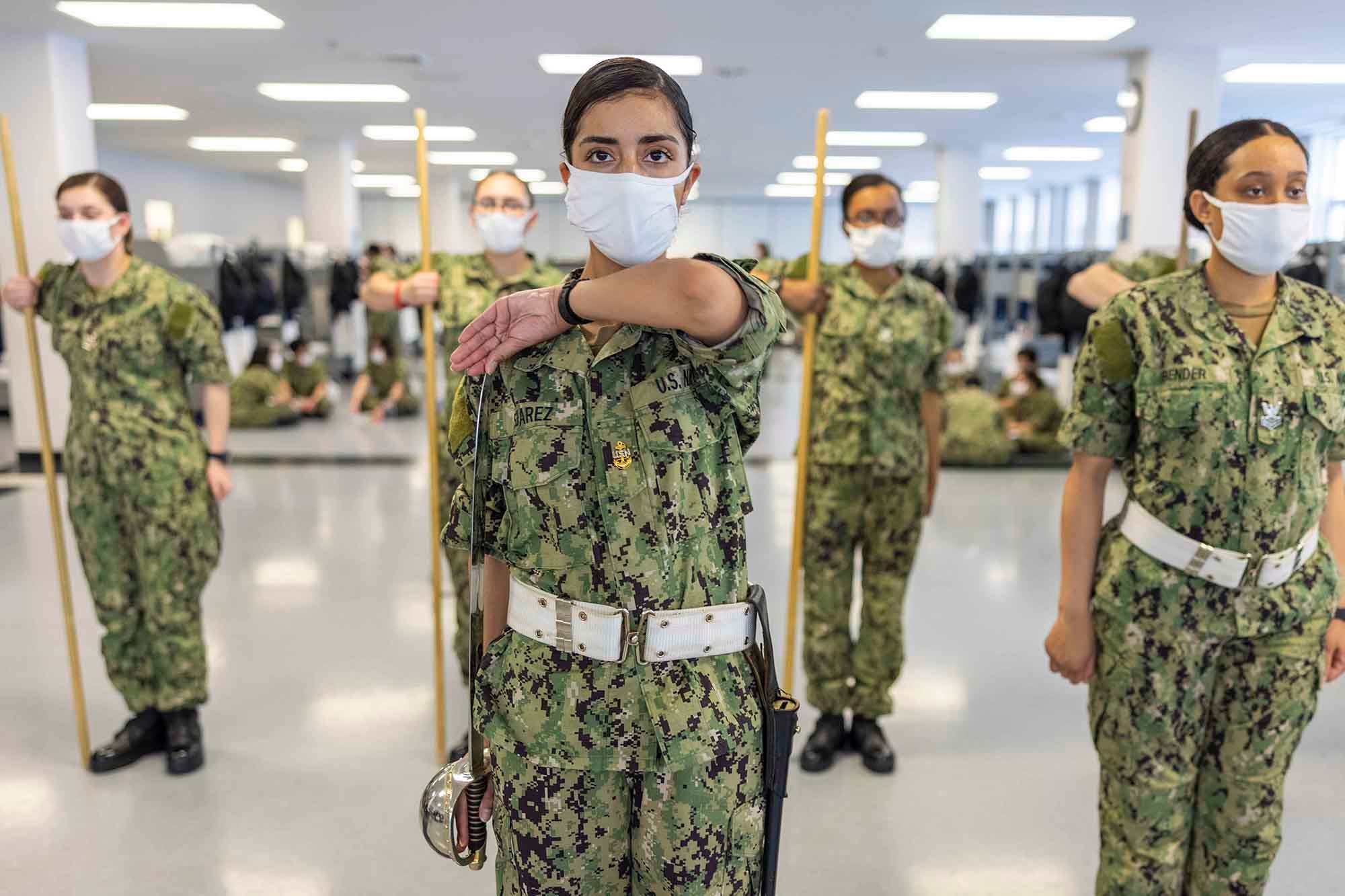The Navy is suspending enlisted high-year tenure for two years — an effort aimed at increasing retention.
The existing high-year tenure policy forced active duty sailors to move into the Fleet Reserve if they didn’t advance within certain benchmarks. However, the policy change, known as the High-Year Tenure Plus pilot program, bars commands from separating or involuntarily transferring active component sailors to the Fleet Reserve, and is expected to impact at least 1,600 sailors.
Now, active duty sailors who have surpassed their high-year tenure threshold may apply for new jobs in the MyNavy Assignment portal, or opt to extend and complete another full-length tour at their current command. This allows sailors to remain at sea, return to sea, or fill a shore billet, the Navy said.
“This suspension means more of our talented and experienced Sailors can stay in the Navy,” Rear Adm. James Waters III, director of the Military Personnel Plans and Policy Division, said in a Navy news release. “By removing this barrier to retaining career-minded Sailors, the Navy is broadening career progression opportunities for Sailors and allowing them the opportunity to advance to the next higher paygrade.”
RELATED

“The Navy understands we are in a challenging recruiting environment, and we are focused on making sure that every active component Sailor who wants to remain on active duty has that opportunity,” Waters said.
The policy also allows sailors to potentially become eligible for retirement as well, according to the naval administrative message announcing the change.
The policy took effect Dec. 22. Enlisted active duty sailors, along with Selected Reserve sailors in a drilling status, are impacted.
The policy change is the most recent effort from the service to improve recruitment and retention amid challenges across all the services to meet accession goals. Even so, the service surpassed its retention goals in fiscal 2021 and the service met its active duty enlisted recruitment goals in fiscal 2022.
However, it failed to meet recruitment target numbers for active duty and Reserve officers, as well as Reserve enlisted personnel.
Service leaders have attributed recruitment challenges to factors including more thorough medical screenings, fewer Americans eligible to serve, and low civilian unemployment.





